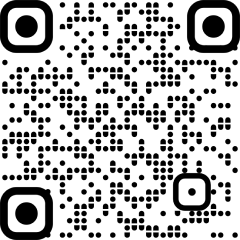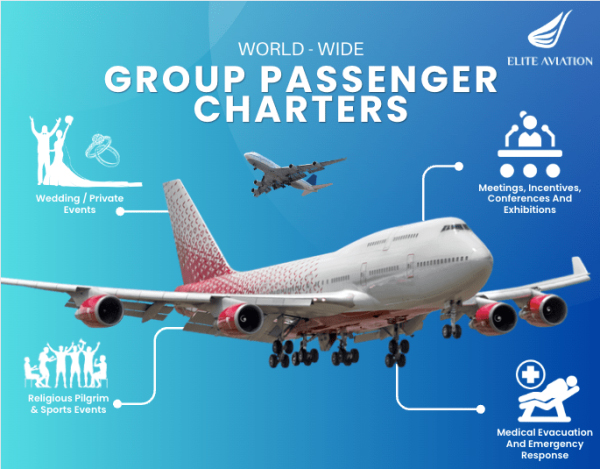[ad_1]

Pune: With 11 patients dead, of the 211 people affected, Pune’s Guillain-Barré Syndrome (GBS) outbreak by Wednesday had a case fatality rate (CFR) of 5.2per cent, substantially higher than the 4.3per cent Peru recorded in 2019, during one of the largest known GBS surges in the world.
Experts told TOI that Pune’s higher mortality and severe disease progression indicated predominance of Acute Motor Axonal Neuropathy (AMAN) variant, a more aggressive form of GBS associated with Campylobacter jejuni infection. AMAN is also more difficult to treat and patients often end up on ventilator support for days. The variant was also detected in patients in Peru where the triggering agent, again, was C. jejuni, research has shown.
Dr Kavita Srivastava, a paediatric neurologist at Bharati Hospital, said AMAN variant of GBS directly damages the axon, or the “shoot” of the nerve, rather than the myelin sheath, leading to prolonged recovery and more severe outcomes.
“Imagine a tree. In most GBS cases not linked to C. jejuni, it’s the outer bark (myelin) that is damaged, which can regenerate faster. But in AMAN, the shoots (axon) are affected, and nerve regrowth happens in millimeters, leading to a long recovery process. That is what is making the Pune outbreak more severe, with a chunk of patients affected with the AMAN variant of GBS,” she said.
The AMAN variant, first reported to be the main subtype of GBS during a major outbreak in northern China in the 1990s, also causes severe paralysis and respiratory failure. Currently in Pune, 36 patients remain in intensive care, with 16 on ventilator support.
Dr Srivastava said: “C. jejuni is commonly associated with triggering AMAN. The immune system mistakes nerve axons for bacterial components in a phenomenon called molecular mimicry.”
Dr Ameet Dravid, an infectious disease expert attached to Noble and Poona hospitals, too said AMAN can lead to slower and sometimes, even incomplete recovery.
“That’s because the axon itself is destroyed; nerve regeneration is often incomplete. Some patients regain upper limb strength but remain wheelchair-bound due to persistent lower limb weakness. In severe cases, if respiratory muscles are affected, patients may require prolonged ventilator support, increasing risk of complications like pneumonia, deep vein thrombosis or septicemia,” he said.
Dr Dravid, who has so far treated eight patients during the outbreak, said: “Most of them had AMAN, but because we administered intravenous immunoglobulin early, five recovered fully. However, two are still wheelchair-bound, and one succumbed to complications.”
He said that the higher fatality rate in Pune can now be linked to the AMAN variant.
Dr Rahul Kulkarni, a neurologist, stressed AMAN is more severe than the demyelinating AIDP variant. ‘Acute Inflammatory Demyelinating Polyneuropathy’, or AIDP, affects the myelin sheath while AMAN damages the nerve fiber (axon) itself. Doctors said that with AIDP, recovery is usually quicker.
“Most patients in this outbreak — whether on ventilators or not — were affected by AMAN. This variant determines the severity because GBS is an immune-mediated disease, and the variant depends on where the immune attack occurs. AMAN leads to prolonged illness and a greater need for intensive care,” Dr Kulkarni said.
[ad_2]
Source link




